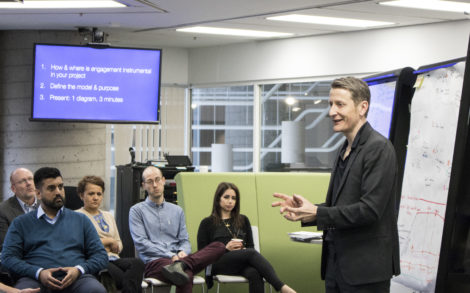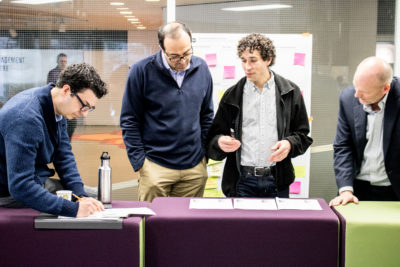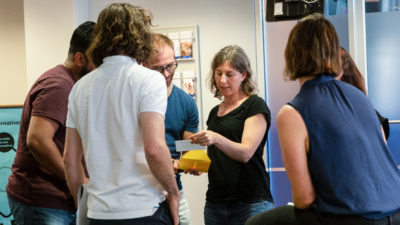It’s now been 73 days since our first session in Ottawa with the Privy Council’s new programme, the Government of Canada Entrepreneurs – aka the GCEs – run by Canada’s Impact and Innovation Unit IIU. It’s a real pleasure to be part of this new initiative through Nesta’s States of Change programme. And while Canada’s GCE approach is new and innovative, it is not an isolated sign that things are changing.
Governments around the world are awakening to the realisation that what worked well in the past may not serve them well moving forward. The pressure is mounting for public institutions and models of governance to become 21st century. While the approaches to transformation – to the task of innovating government itself – vary, the end objective is becoming increasingly unified and strategic: we simply need fundamentally better government.
This is not a question of improving the existing concepts of delivery, but rather rethinking them. While that may seem like a tall order, the bigger and more fundamental question is “how”. The GCE program is an interesting approach in transforming government from within, building entrepreneurial, cross-functional capacity within the existing system and staff.
While to many “innovative government” may seem like an oxymoron, its history runs deep: whether you want to look back at ancient Greece or to more modern examples such as the 1958 creation of Nasa (as an example of institutional innovation); the establishment of the Grand Duchy of Finland in the early 1809 (as an example of innovation in municipal decentralisation); or the 1953 Monuments Act in the UK, which spurred a new system for “the preservation and acquisition of buildings of outstanding historic or architectural interest and their contents and related property”, now the standard globally for monuments and their preservation.
However, today’s innovation challenge is different in nature. Many of our historical examples emerged in a context that either provided relatively little legacy-challenges to contend with (such as the Monuments Act or Finland’s example), or a relatively simpler context for public decision-making (such as with Nasa, where the Soviet threat was clear and unchallenged and the political debate had clear convergence). Today’s call for innovation and – quite frankly invention – has to contend with arguably a much more complex landscape, from diminishing public resources, to increasing fragmented and polarised political will, to existing complex and far-reaching legacy systems.
For me, the canary in the coal mine (and not really such an early warning, to be honest) was this McKinsey report from earlier in May. With all due respect to our colleagues at McKinsey & Company, their strength (not to be underestimated) is not being first in or the most innovative, but rather to provide robust and irrefutable confirmation. So when such an established organisation is joining the call for innovative government, you know that the canary has probably been dead for a while.
This, if anything, should be a wake-up-call for those governments still oblivious to the deep-rooted implications that the radically changing context of their environment brings.
Our first steps with the Canadian Government have been rewarding and promising. There is a clear sense of direction and we are working together with my colleagues Jesper, Elena and the greater Nesta team to figure out together how to get there and to materialise the potential impact for change. But the greatest kudos has to go to the GCEs themselves; they are ultimately the ones delivering on this new promise!
Our early work has been a fantastic example of intra-institutional collaboration (just to throw in a mouthful of a term) between Nesta’s States of Change as a capacity building programme; the Privy Council’s IIU team as the host home and instigator’s of the model; and the GCEs who are on the delivery front-line. I’m honoured and humbled to participate and learn how to better deliver 21st century government. Keep tuned for more to come…



